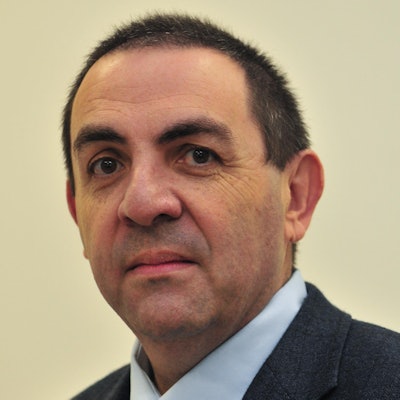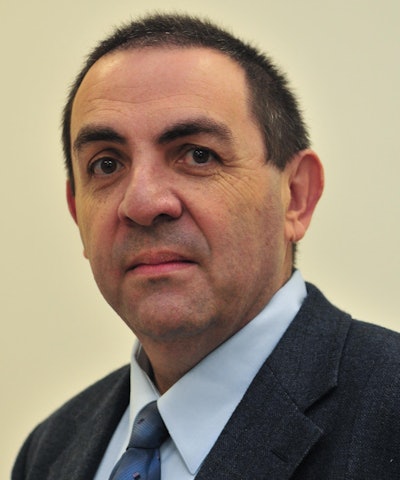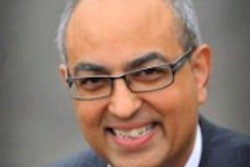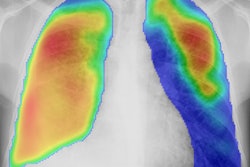
Imaging specialists need to love their profession more and promote visibility and understanding of radiology's role so the importance of the discipline is appreciated fully by medical colleagues and patients in the era of artificial intelligence (AI). That's the view of Prof. Jacob Sosna, president of the Israel Radiological Association (ISRA).
Sosna, who is chairman of the imaging division at Hadassah-Hebrew University Medical Center, Jerusalem, made some predictions about the future of medical imaging in a recent interview with the British Institute of Radiology (BIR).
The ISRA was established in 1927 and has 450 members. It is the oldest medical society in Israel.
BIR: What do you think will be the single most positive development in the world of imaging in the next 10 years?
 Prof. Jacob Sosna is president of the Israel Radiological Association.
Prof. Jacob Sosna is president of the Israel Radiological Association.Sosna: Although intuitively one would say that artificial intelligence (AI) is the most positive development, I believe it is the automatization of radiology, including AI, that will prevail. This includes aspects related to radiological study performance such as robotic positioning of patients for x-rays and for advanced imaging such as CT or MRI. Automatic scanning or nearly automatic scanning will decrease variability and reduce radiation dose for patients and staff as well.
AI may help in this aspect, but it is only part of it that will also include robotic sciences similar to the development of self-driving cars. This may also be of help in interventional radiology with much easier introduction of catheters and coils. With regards to interpretation, AI may be helpful in specific repetitive tasks. However, in order to make it useful there is an essential component that needs to be met: AI tools need to be fully embedded in our workflow. From many years of experience, we know that advanced processing tools are seldom used in practice as well as research because they are not connected with the current way radiology interpretation is done at the PACS station. Computerized tools that are not harmonized with the workflow will fail in the long term.
Another aspect in automatization of radiology work is related to quality assurance. We must be able to decrease variability in interpretation and be sure that our reports are understood by clinicians and by patients in the way we want them to understand the action items. Automatic tools that will make sure recommendations are accepted and further evaluation done will be a part of the future workstation radiologists will use.
What is the biggest obstacle to progress in imaging around the world and in your country, in particular?
The main obstacle is the shortage of radiologists in general and in Israel in particular. Radiology is very popular among medical school graduates, but due to government restrictions, the number of open positions for training is limited. This factor, as well as the increased need for more radiologists at present, makes the situation even more difficult. We see increased burnout among practicing radiologists and even among trainees. Radiology's increased workload that is becoming busier is also a threat to academic radiology. There is less free time for research, which is less appreciated by department chairpeople and hospital administrations.
The solutions are multifactorial and include increasing the number of training positions on one hand, and on the other hand increasing the number of positions for radiologists after training. This is a compulsory action as within five years there will be a need for positions for the current trainees who will graduate.
Another solution is finding ways to decrease burnout by providing a more reasonable lifestyle and balance between private and professional life that is mandatory for the current Generation Y. Promotion of research is essential for the future of radiology, and this must be emphasized and recognized by leaders in the field as well as by our universities and hospital directors.
What do imaging professionals need to do to best prepare themselves for success?
Imaging professionals need to love the profession and have the desire to do the best they can to promote imaging as well as our patients' health. Radiology is crucial in medicine; it is like the central nervous system of the medical system. Only by understanding the role we have can we keep being appreciated by our colleagues and patients.
Every day a radiologist has to ask himself or herself: What did I learn today? What did I do well? And in what aspects can I improve?
Editor's note: This interview first appeared in the "Global Future of Imaging," a 24-page report published in November 2019 by the BIR World Partner Network. You can download the report from the BIR website.



















